Over the course of seven years, photographer Timothy Briner created “Boonville”, taking place in six different towns spread across the U.S. from New York to California. During this unique solitary road trip, his itinerary consisted of New York, North Carolina, Indiana, Missouri, Texas, and California. Importantly, Briner did his best not to be an anonymous traveler just passing through, he chose to ground himself within the communities for weeks and months at a time. He became familiar and close with the locals and was fortunate to get to know the rhythms of their everyday lives. Within the portraits of hunters and smoke stacks, Briner has a clear opinion, which is never condescending or reductive. These images of different zip codes all with the name Boonville form a unique series of the commonalities of small towns in contemporary America, as seen from the inside. Currently, he has a solo show of the work at the Brauer Museum of Art in Valparaiso, Indiana and a trade edition of the book is in progress.
Briner was born in Indiana. He currently lives in Brooklyn, and is represented by Daniel Cooney Fine Art in New York.
Carissa Pelleteri: What originally spawned Boonville? Which Boonville city did you first visit?
Timothy Briner: In 2003 I vacationed near the Adirondacks Mountains in the Village of Boonville, New York. My girlfriend at the time had access to a cabin there. After spending a few weeks in Boonville, NY, I fell in love with the landscape and the people. It’s a fairly reserved and quite community, but I felt there was something mysterious happening just beyond the surface, something I was not going to be able to access in just a few days or weeks. I went back a year later for another visit and I quickly became obsessed with the town.
After four years of conceptualizing and developing the project, I finally arrived in Boonville in 2007. This time it was Boonville, Missouri. I spent a month in MO and went on to Boonville, North Carolina; Boonville, New York; Boonville, Indiana, and I returned to Boonville, Missouri for a few weeks before arriving in Boonville, Texas. I ended my travels in Boonville, California, in 2008. The amount of time I stayed in each town varied between 30-90 days.
CP: Are you in regular contact with anyone that you photographed?
TB: I’m in contact with many of the people I photographed, as well as people I lived with along the way, some more than others.
CP: Tell me about the boy with the dairy cows. I understand he passed away after you took his portrait.
TB: Kody. I lived with Kody and his family for about a month while I was in Boonville, New York. My time with them was the most memorable of my entire trip. Kody passed away six months after I left NY due to a dirt-bike accident. The first edition of the book I made for the project was dedicated to Kody.
CP: What town was the WWIII image photographed? Any story behind this?
TB: WWIII was taken in Boonville, Missouri. I was on a walk one day and noticed it behind a bread factory in town. I went back that night and took the picture. I’ve made up a number of stories in my head regarding this image, but I have no hard evidence regarding who wrote it or why.
CP: Throughout this series, I see this remarkably similar feeling amongst all the people and places. Did you choose to create this feeling or was this a commonality presented in each town?
TB: The common thread between each town is an important part of the project. I had a list of certain types of people and places I was looking for, but I explored many aspects of each town. The continuity really came together in the final edit.
CP: Since your solo show at Daniel Cooney, which was a success, are there other plans for Boonville?
TB: I currently have a solo show of the work at the Brauer Museum of Art in Valparaiso, Indiana. I’m also working on a trade edition of the book.
CP: What are you working on now?
TB: Since having my first child in July, I’ve been spending a lot of time working from home. Many things are still just notes and drawings in my journal. But I have a few projects nearing the finish line.
CP: How did Boonville impact you and does it have any influence in your current projects?
TB: During the year traveling and shooting Boonville, I came to understand my art and myself in a new way. Although some of the projects I’m currently working on look and feel different then Boonville, I can connect them directly to what I learned while making that work.
Artist website: timothybriner.com


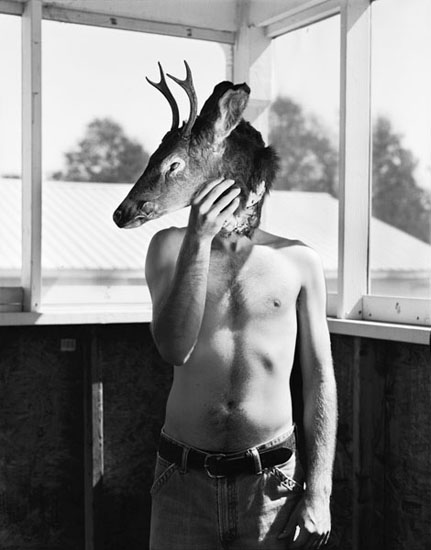
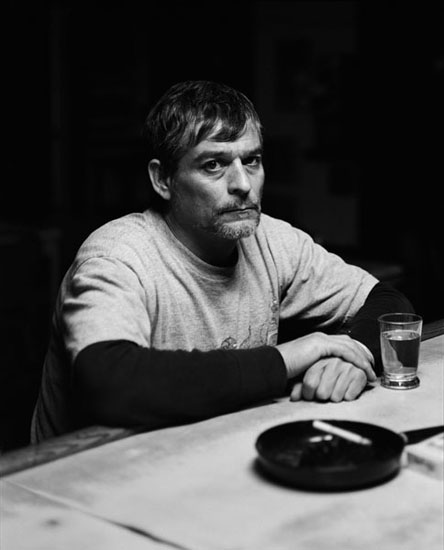

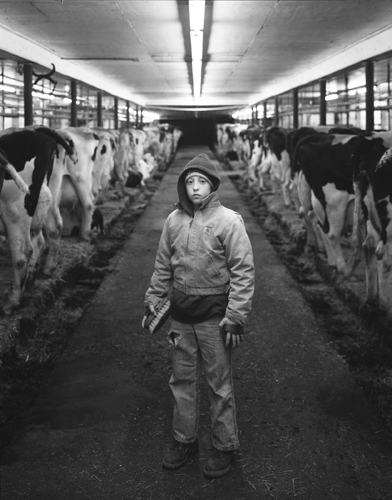
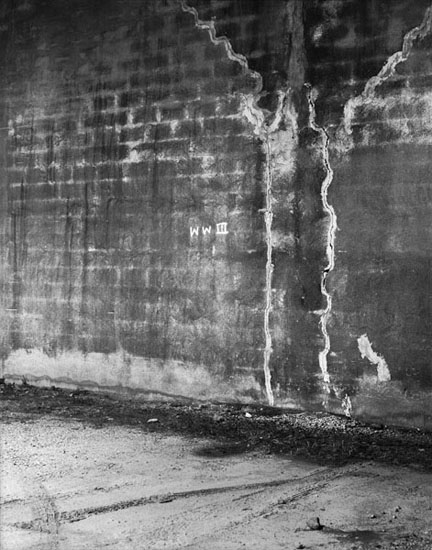
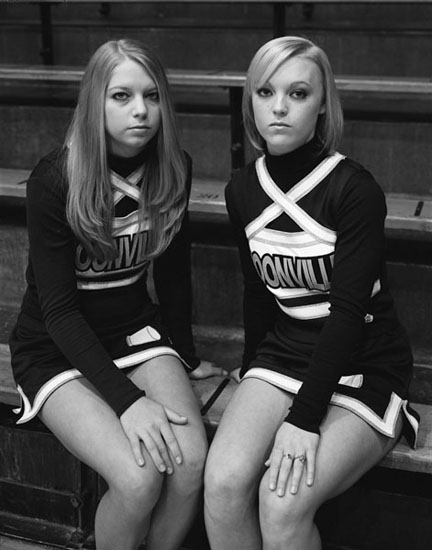
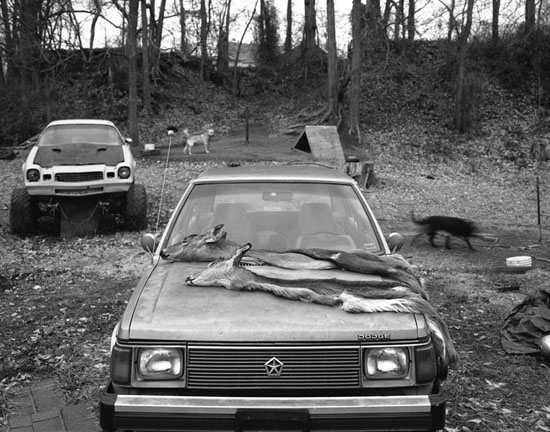
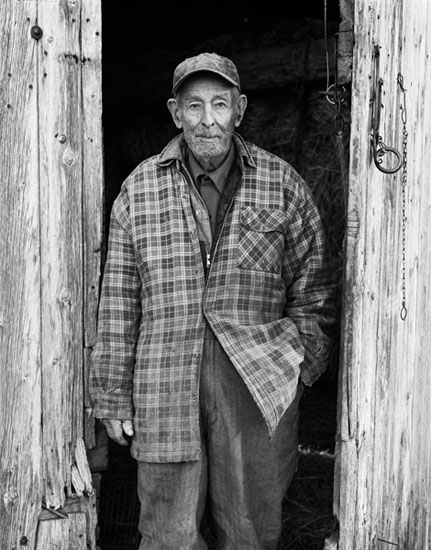
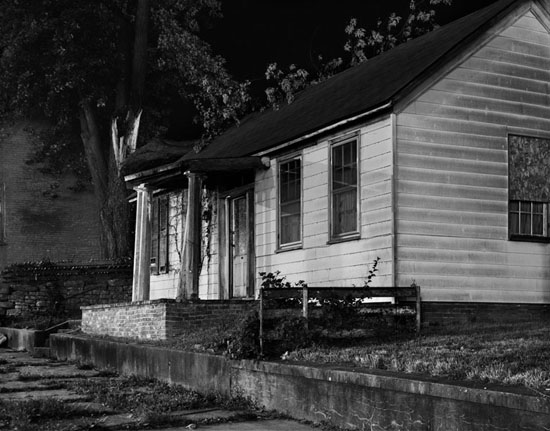
 RSS
RSS
